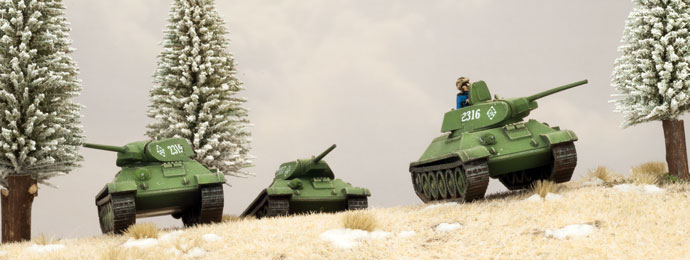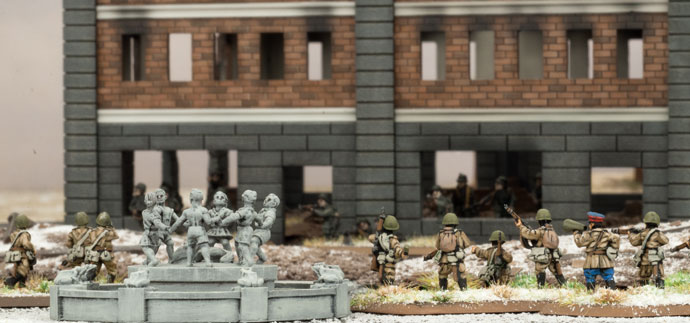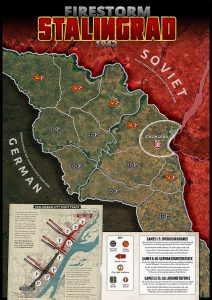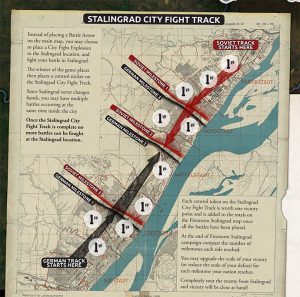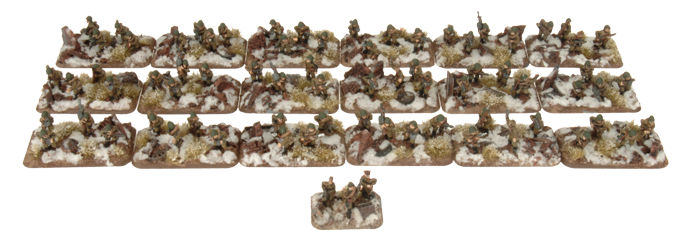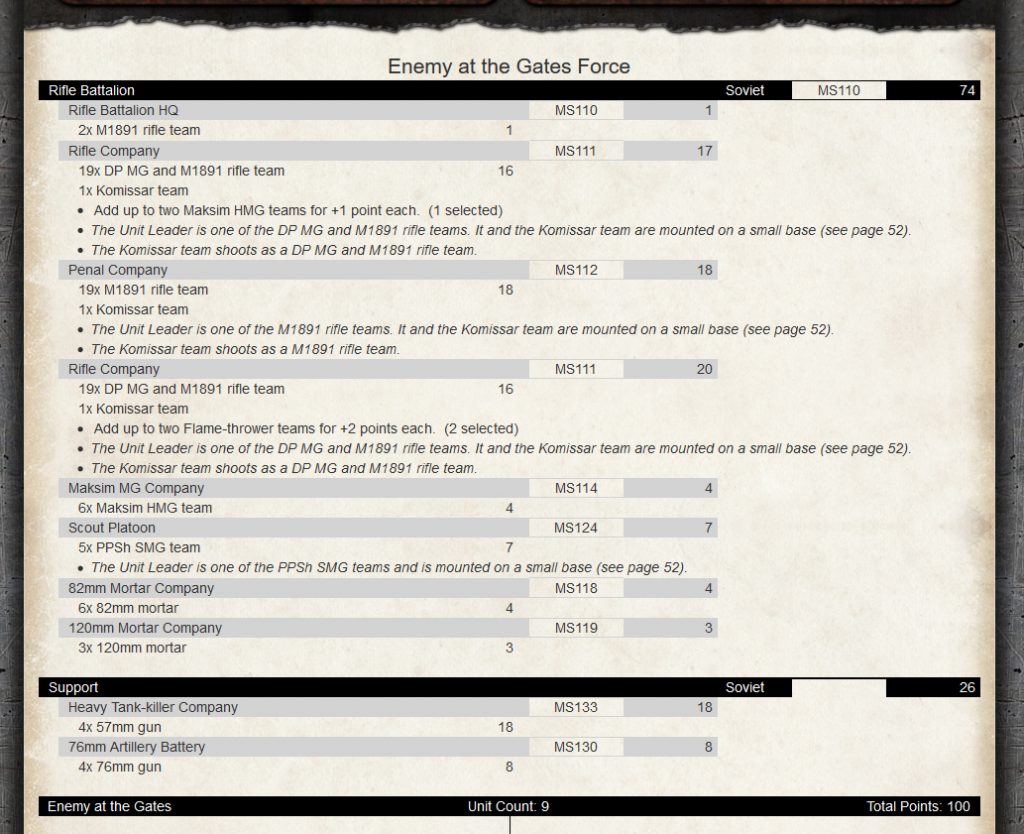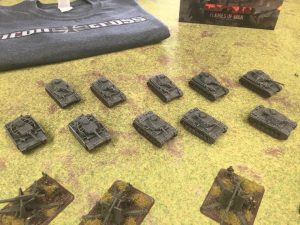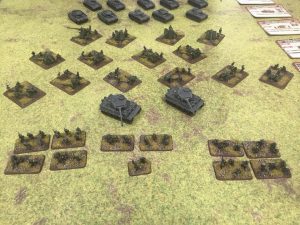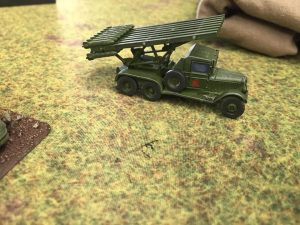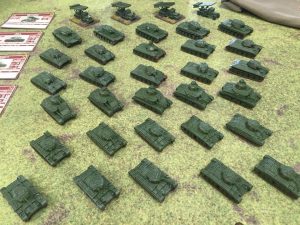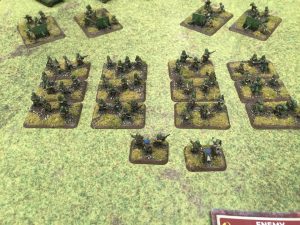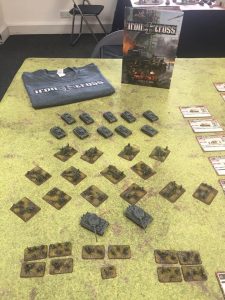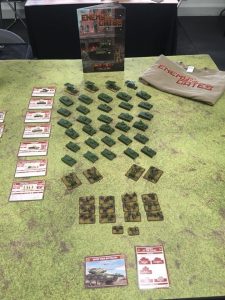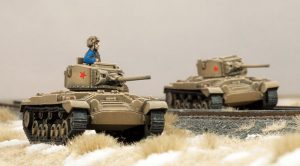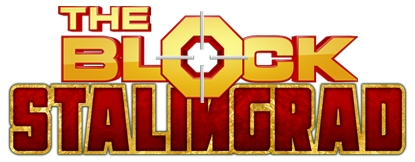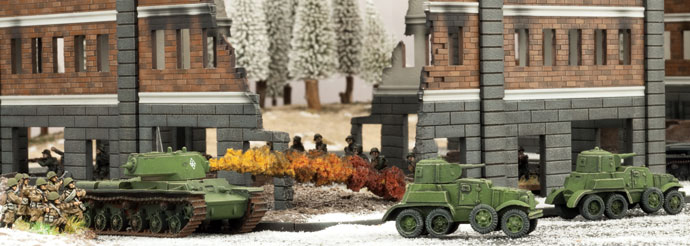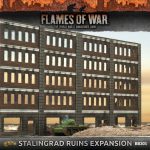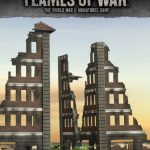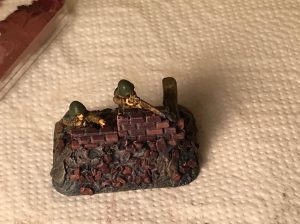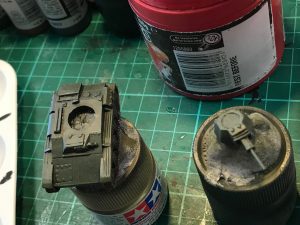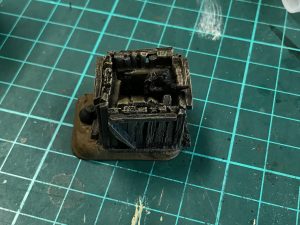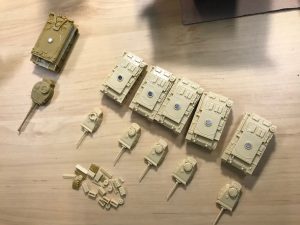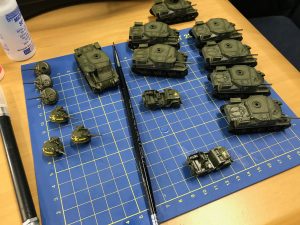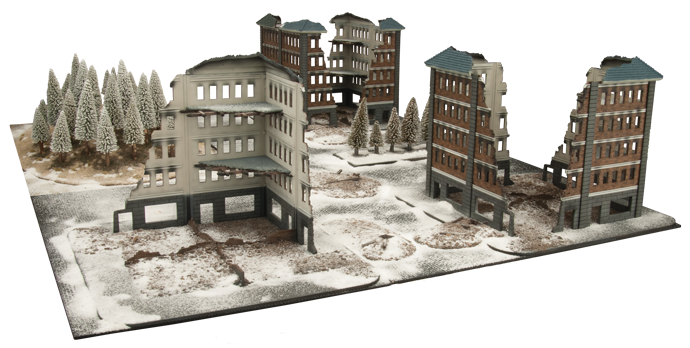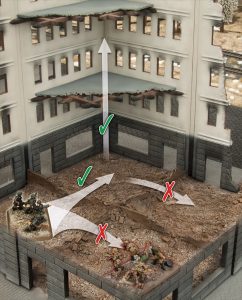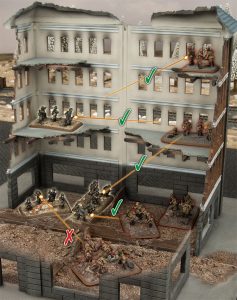with Chris Potter
In part one I shared with you how I came around to choosing Soviets for the Enemy at the Gates army book release.
Here I am going to go into more detail about how I decided what units to take, how I arrived at my points cost and some of the reasons for including certain units and reasons for not including others. So, without further ado…
My first unit had to be a unit of T-34s. In the army book, there is a formation whereby you can, in theory, take two platoons of x10 T-34’s, and a HQ unit of x1 T-34 for a total of 21 T-34s. However, this would be 109 points, and so well outside the range for the brief we were given.
With the idea firmly rooted of taking a horde of T-34s, I scaled back the units, so that I was still formation legal, and I could keep some points free for some troops as support. My dubious calculations made for a total of 14 tanks. That’s 1 for the HQ, a platoon of 6 and a platoon of 7 T-34s.
Looking at the stats for the T-34, I was further tempted by the 76mm main gun, which has a fairly decent range and an AT rating of 9. Added to this the T-34 has a cross rating of 3+ which reflects it’s wide tracks and decent size crossing rough terrain. Furthermore, it’s higher than average speed for the class, allows me to close with the enemy fast and start pinning them down with shots.
Coupled with my ideas for support choices this could come in very handy.
So up to now, I am at 73 points, and realistically, it is an easy army to paint being 14 tanks. But, my plan of churning out an army over the weekend somewhat failed with my next choices. On the formation diagram, your support choices for the T-34 Battalion can come from Anti-Tank, Infantry or Artillery. I need infantry. To have a balanced army that can be vicious in the attack, but also hold objectives and make effective assaults, there is no other choice than a SMG company.
Not one to do things by half, I’ve decided to take a full SMG company of 22 stands of infantry with their appointed Komissar. This comes to 22points, and an army total of 95points. 22points seems a lot for a support choice, but in the assault, these dudes will be invaluable and allow me to clear any enemy infantry away from objectives and strongpoints.
With a measly 5 points left to me, I looked through the command cards, however for the time being decided to buy an upgrade for my SMG team. As I envisage a lot of our Eastern Front battles taking place on built up city boards with lots of buildings to clear and rubble to hold, I needed something that can further chew up enemy infantry.
I can add up to two Flame-thrower teams for 2pts each to my SMG platoon. That’s a nice 99points that is well within my 100point goal.
All I need to do now is gather and assemble my army and put down some basecoat paints on them to get them table-top ready. Once I’ve managed to get a couple of games in, I will re-evaluate my army composition. I can always reduce the amount of SMG teams in my platoon, thereby freeing up quite a few points to build a support mortar company or buy in some command cards.
And some of the command cards do look rather juicy…
~Chris

